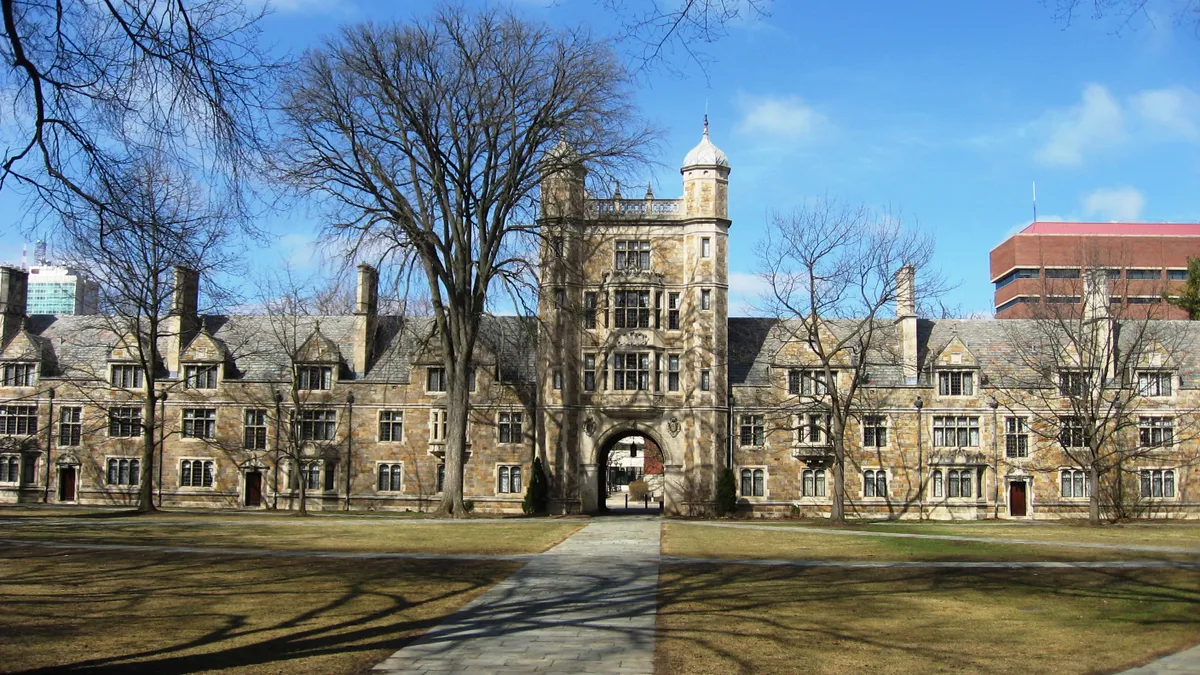Dive Brief:
- WalletHub this week released its ranking of best and worst college cities/towns, based on a formula which considers cost of living for young people, share of rental units, cost of higher education in the town, quality of higher education, number of students per capita, nightlife options per capita, share of part-time jobs in the city, entrepreneurial activity, annual change in the percentage of the local population holding a bachelor's degree or higher (brain drain), earning potential for college graduates, and job growth rate in the city.
- Ann Arbor, MI; Orlando, FL; Rexburg, ID; Provo, UT and Austin, TX round out the top-five overall rankings, but the report also provides separate ranking by city.town size to give insight into how comparable cities stack up against each other.
- The metrics together are intended to paint a picture of which cities promote the best wallet friendliness, social environment and academic & economic opportunities for students, with academic & economic opportunities indicators holding twice the weight of the other two categories.
Dive Insight:
Colleges and universities can leverage these rankings in their marketing to students, both in-state and out-of-state. In states like California or Texas where students can benefit from in-state tuition even being 6-8 hours away from home, other cities in the state may not have been considerations for them coming out of high school. But Mark D'Amico, Associate Professor of Educational Leadership at the University of North Carolina at Charlotte, warned such marketing may not resonate with all potential students, saying, "For the students most sensitive to college expenses, such as low-income and many first-generation college students, the top influence of a city may be whether the student already lives there."
However, the rankings do list the best and worst cities on each of the individual metrics. So institutional leaders in Stony Brook, NY or Isla Vista, CA, for example could point to their respective cities' very favorable rankings on the number of part-time jobs available and work to promote flexible, unbundled degree options to help combat attract students who may need to work while taking classes.
Philip Trostel, a professor of economic at the University of Maine, said during last week's Higher Education Government Relations Conference that the "college earnings premium," or the idea that a college degree increases individual lifetime earnings, is actually poor framing in the conversation about increased support for higher education. "The most important single benefit of a college education," he said, "is creating innovation that creates economic growth" for a region.
D'Amico also noted that the recent request for proposals from Amazon to determine where it will house its next headquarters — and the involvement of colleges and universities in this RFP process — is an important indicator that colleges and universities are the anchors of the local economy, which is a fact university leaders should better leverage in conversations with legislators and other stakeholders as they lobby for additional support. "While the presence of a university and/or community college is not the only factor contributing to the skills of the workforce," he said, "it can be an important and valuable contributor to the region’s ability to attract jobs."












